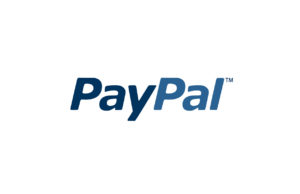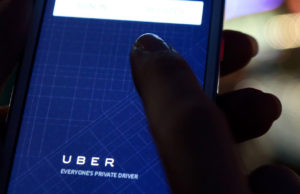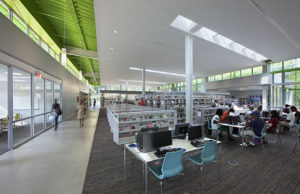Project Marilyn Aims To Create An Open-Source Anti-Cancer Drug
A crowdfunded anti-cancer research effort called Project Marilyn is, to say the least, interesting. It has tinges of the potential of crowdfunding, of open source development, of anti-patent law, of cancer research, and of good or bad science. Its implications could reach further than any one single anti-cancer drug, as it hopes to lead by example and help the whole research sector to a better future. Project Marilyn is just the pilot project of a much longer series, called IndySci, but neither will come to anything if Marilyn doesn’t manage to reach its funding goal — as of this writing, Project Marilyn has about $13,700 of its $50,000 goal, and just 20 days left to raise the difference.
The drug being developed here is referred to as 9DS, or 9-deoxysibiromycin, and it’s not what we would call fundamentally new; like many anti-cancer drugs of the past, it works by inhibiting cell proliferation, taking essentially the chemotherapy approach and betting on the fact that relatively high-turnover cancer cells will die more quickly in such a situation than healthy ones. The 9DS molecule literally holds the double-helix closed, slowing cell replication by preventing those cells from peeling their genomes apart to duplicate them. 9DS has shown real promise for treating kidney, breast, and skin cancers, but (so goes the narrative) that promise was scuttled by raw financial greed; 9DS was not patented, and as a result drug companies saw little potential profit in taking the drug through the expensive process of clinical trials.
Yet, because it’s not patented, the drug is essentially open source. This means that while large companies are less likely to invest, large companies are also not the only ones who can invest. That investment, which can be as little as $1 in volume thanks to IndySci, will go directly and entirely toward research expenses. That means that, quite literally, this is the most direct cancer research donation you are likely to find anywhere in the world — cancer research, more than just about any other disease, has an enormous and often intimidating bureaucracy behind it. IndieSci, or some version of the same idea, could potentially make the funder-fundee relationship in science much, much closer.
But there’s an issue (not a problem, an issue) with 9DS itself: maybe it’s bunk. This is ultimately the most likely stumbling block for any crowdfunded science project, that while science thrives on a steady diet of failures and null results, public opinion absolutely does not. A scientist might go out for celebratory beers after usefully falsifying his or her own hypothesis, and that’s a mentality most people just don’t understand. For all its nefarious tendencies, the corporate world has always been able to see far enough to keep funding such a stuttering and anti-climactic way of doing things. The crowd, however? Someone whose donation eventually became a viable drug would be far more likely to donate again in the future than someone whose donation had gone to proving that a particular drug is useless.
That natural emotional response fundamentally breaks the research sector – the last time we relied on the public’s high-minded commitment to quality over populism, we all watched passively as the nation’s newspapers tanked. This has not been a winning strategy in the past, but perhaps the immediate personal impact of cancer will be enough to galvanize the public behind this cause. Perhaps it will also be enough to motivate a higher percentage of researchers to exaggerate or falsify results to please backers. Dr. Isaac Yonemoto, a lead researcher on Project Marilyn and the prime mover behind IndieSci, showed up in the comments over at Hacker News to answer some questions — he certainly seems to understand the difficulties of crowdfunding every step of a process of trial and error.
Another issue with crowdfunding science is that, very often, you’ll be asking people to fund projects they do not understand. It’s still unclear how a thriving IndieSci of the future would help potential backers sift the doomed or less promising studies from the truly solid science. The expertise needed to really understand science lends itself naturally to the introduction of learned gatekeepers — but that’s what got us here in the first place.
If it reaches its $50,000 goal, Project Marilyn will begin with what’s known as a xenograft experiment, which test the drug’s effectiveness in mice. This is work which could lead to human trials, though the amount of money needed at that stage would be much, much higher than $50 grand. More interesting will be the funders’ reaction if this work comes to nothing more than a better understanding of cancer — will they be disappointed, or sophisticated enough to be satisfied anyway?













 © 2024
© 2024
0 comments